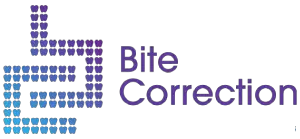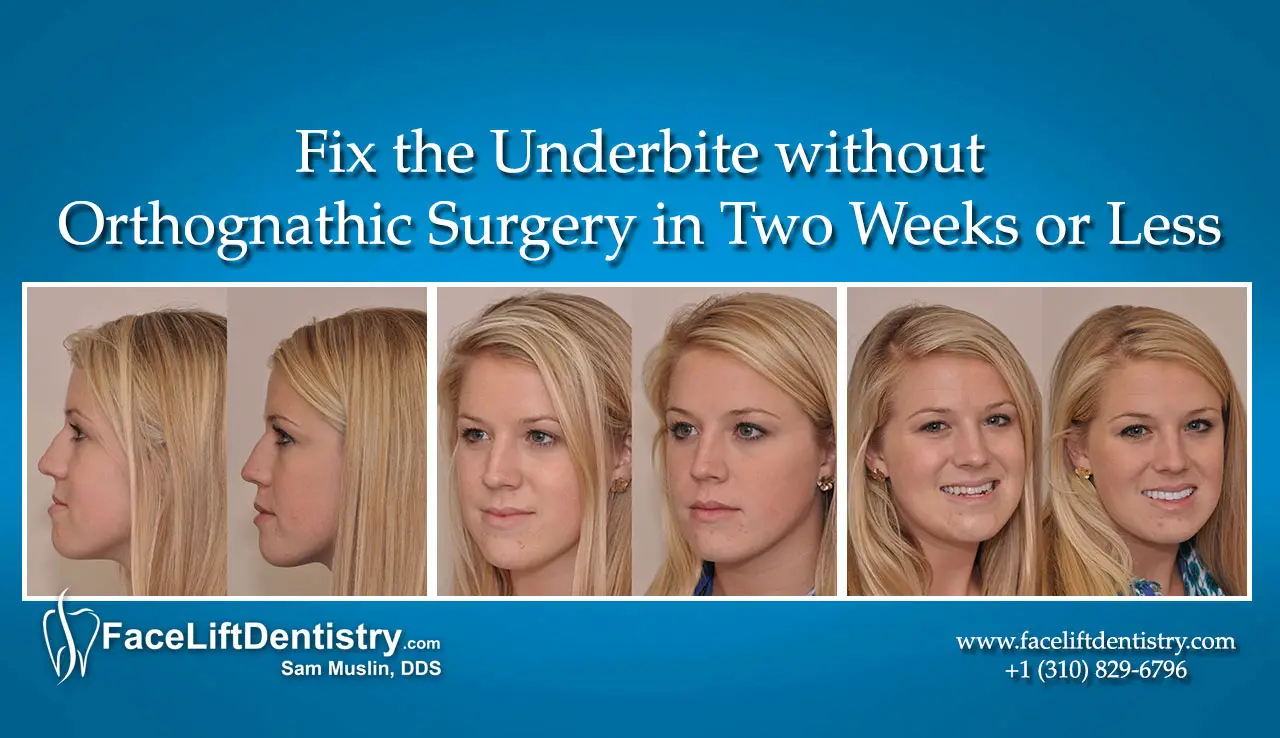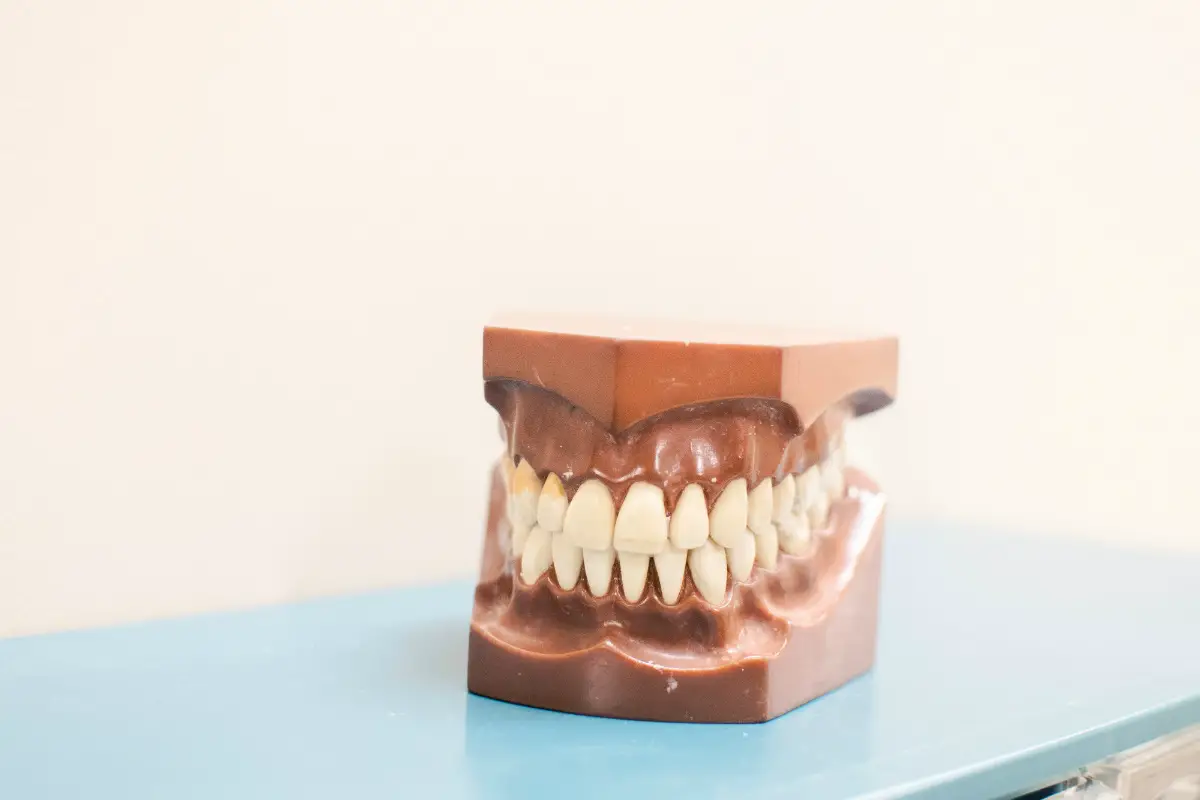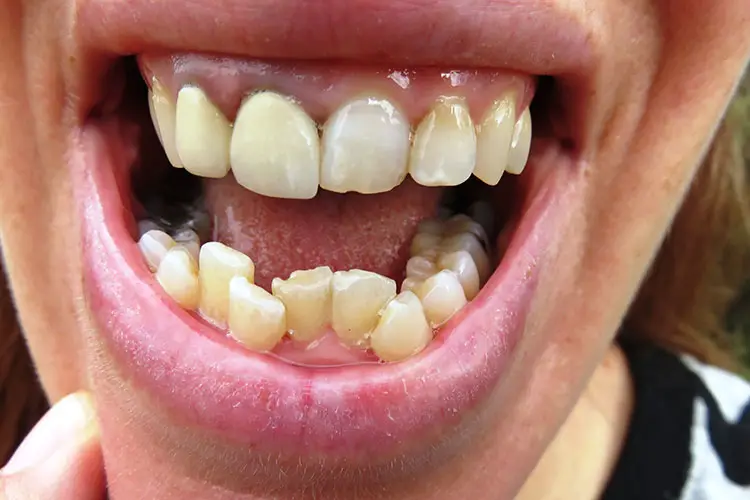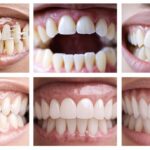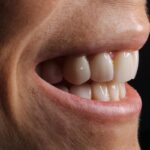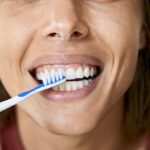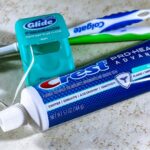An underbite condition, or Class III malocclusion, is the abnormal forward position of the lower jaw which affects 5 to 10 percent of the world’s population. From a profile angle, it can be very prominent. For adults with this condition, it can lead to low self-esteem and confidence issues, as well as very serious dental and medical conditions like eating disorders, speech problems, bad oral hygiene and Temporomandibular Joint Disorder (TMJ.) The root causes of an underbite condition, where the prominent protrusion of the lower jaw to the extent that the lower teeth overlap the upper front teeth, can be genetic, from the long-term use of bottle and pacifier use, tongue thrusting and thumb sucking.
Dental professionals everywhere agree that if an underbite correction is not considered as early as possible, it gets more challenging, but not impossible, to correct. Over time the condition can worsen. Underbite correction is always easier to accomplish in children since their jawbones are still developing and are easier to shape. For adults and teenagers, underbite correction may include surgery.
Underbite Correction for Adults
Treatment options will always vary depending upon the severity of the underbite. It will also depend upon whether the condition is skeletal or dental. Misaligned teeth can be one cause of an underbite condition, but so is an extended jaw which requires surgery. In most cases a patient may be required to undergo braces prior to surgery as a form of treatment for 9 to 11 months and then again post surgery for 6 to 9 months.
Prior to surgery, additional x-rays, pictures and models of the patient’s teeth. These are necessary to both support and guide the surgeon.
As we explained before, orthodontic treatment or braces may be required prior to surgery. This treatment is needed to ready the teeth for its new position once the jaw and chin is moved into its final position by the oral surgeon. Once the surgery is completed a patient is amazed that their teeth are now aligned.
Corrective underbite surgery is done under general anesthesia in a hospital, but can be done in a properly facilitated oral and maxillofacial surgery office. The length of time to complete the surgery can take anywhere from one to seven hours.
During surgery, the oral or maxillofacial surgeon, will separate the bone in the rear portion of the jaw from the front portion. Depending upon the underbite condition, a surgeon may be taking bone or reshaping the jawbone. Further modifications include repositioning of the lower jaw, teeth and chin to produce a final proper alignment between both the upper and lower front teeth. Screws, surgical plates, rubber bands and wires may be used to keep the upper and lower jawbones in their new positions. To the benefit of the patient, surgical incisions are made inside the mouth to hide scarring.
After surgery patients are asked to avoid tobacco and strenuous activity to assist with the healing process. A special diet is also part of the post surgical healing process. Patients will be given instructions on diet and transitioning to solid food, and medications will be prescribed for the pain. Generally, patients can return to work or school after one to three weeks after surgery. Overall the initial healing takes about six weeks with another 9 to 12 months for complete healing of the jaws.
The good news is that corrective underbite surgery can give patients a full-functioning jaw by moving teeth and chin into their proper positions. Some patients experience the benefits of improved speech and receive a boost of self-esteem. It’s both rejuvenating and dramatic for patients to find that they have been given a gift that greatly enhances their overall appearance and avoids future health complications.
